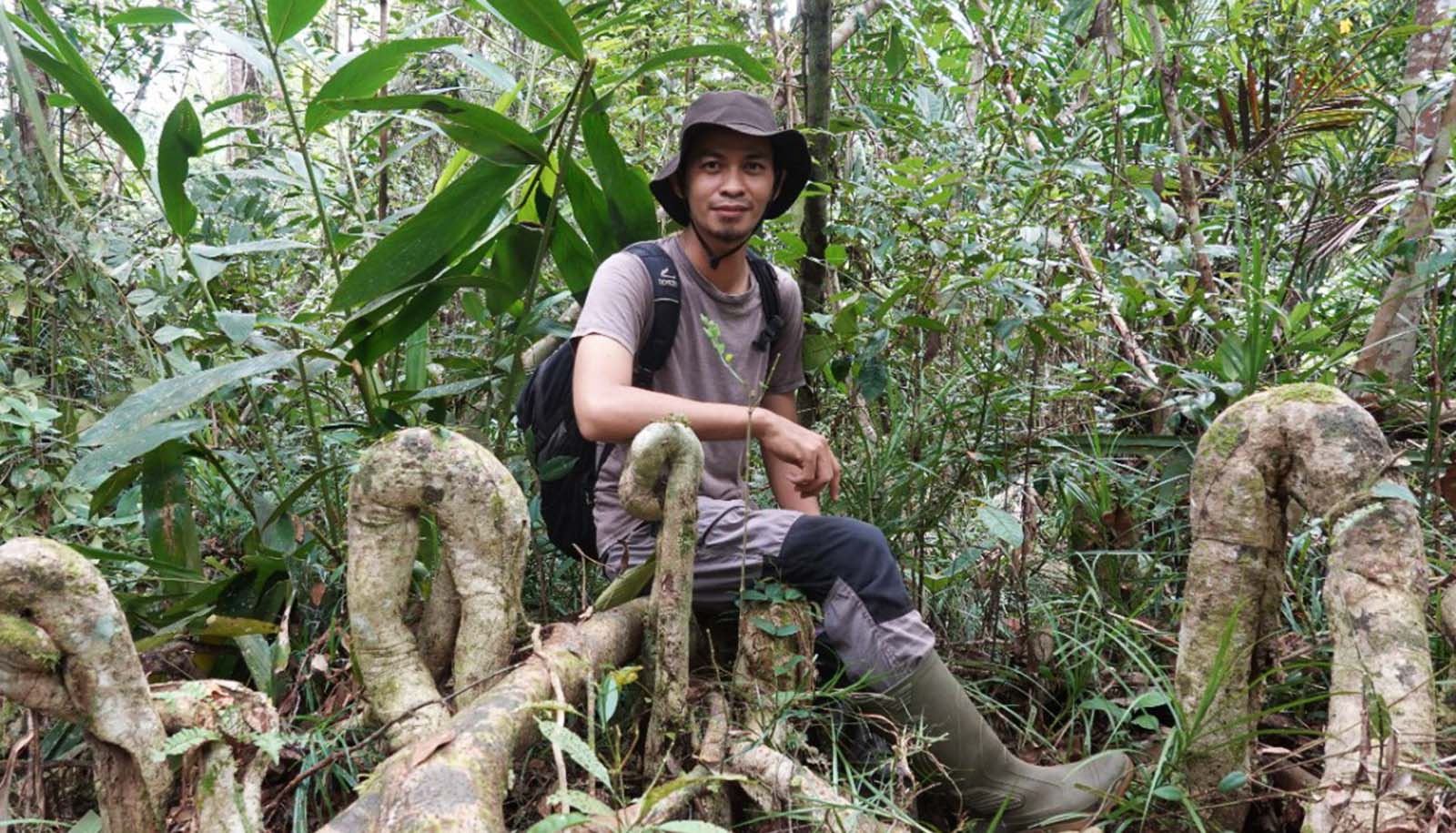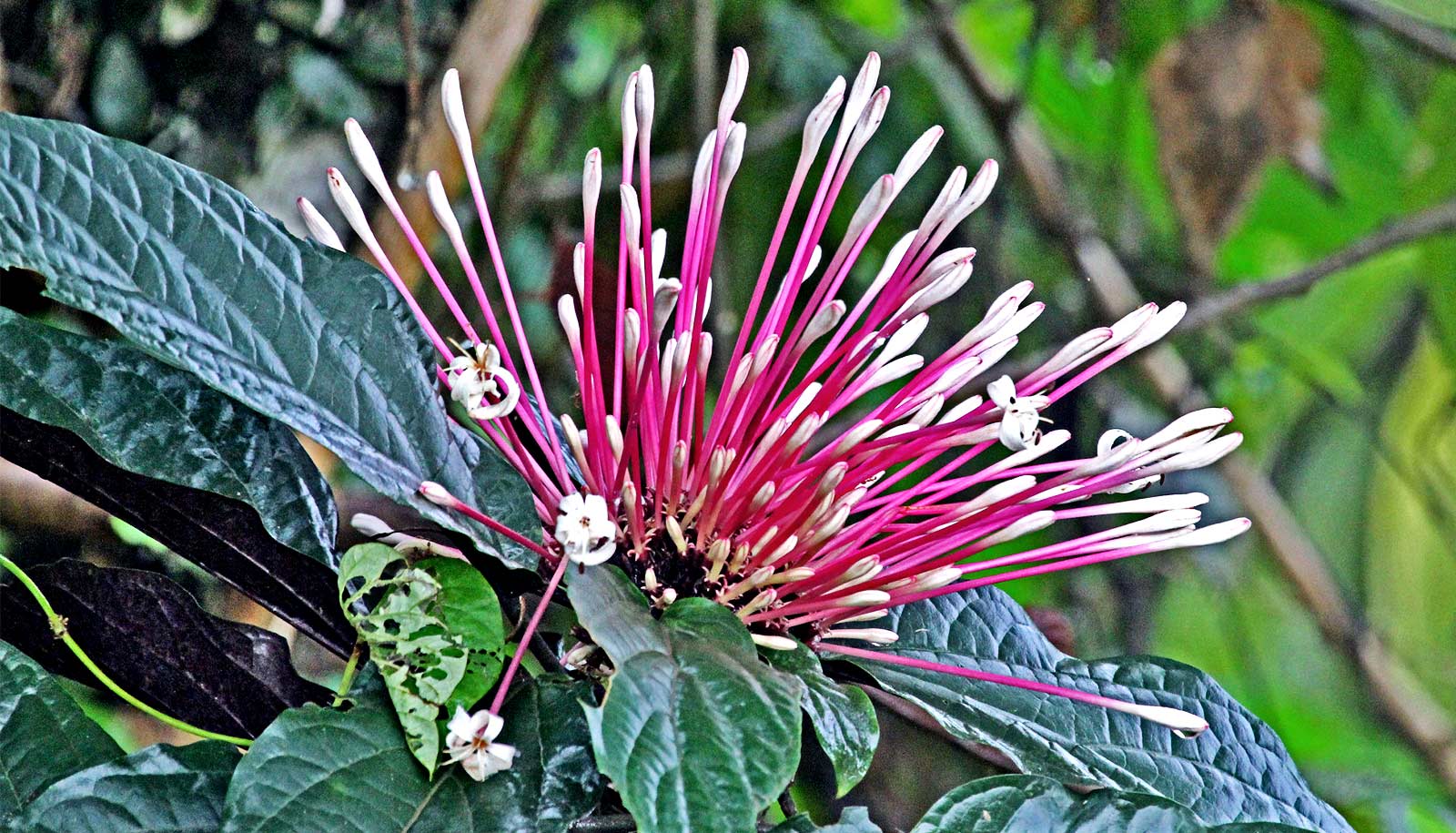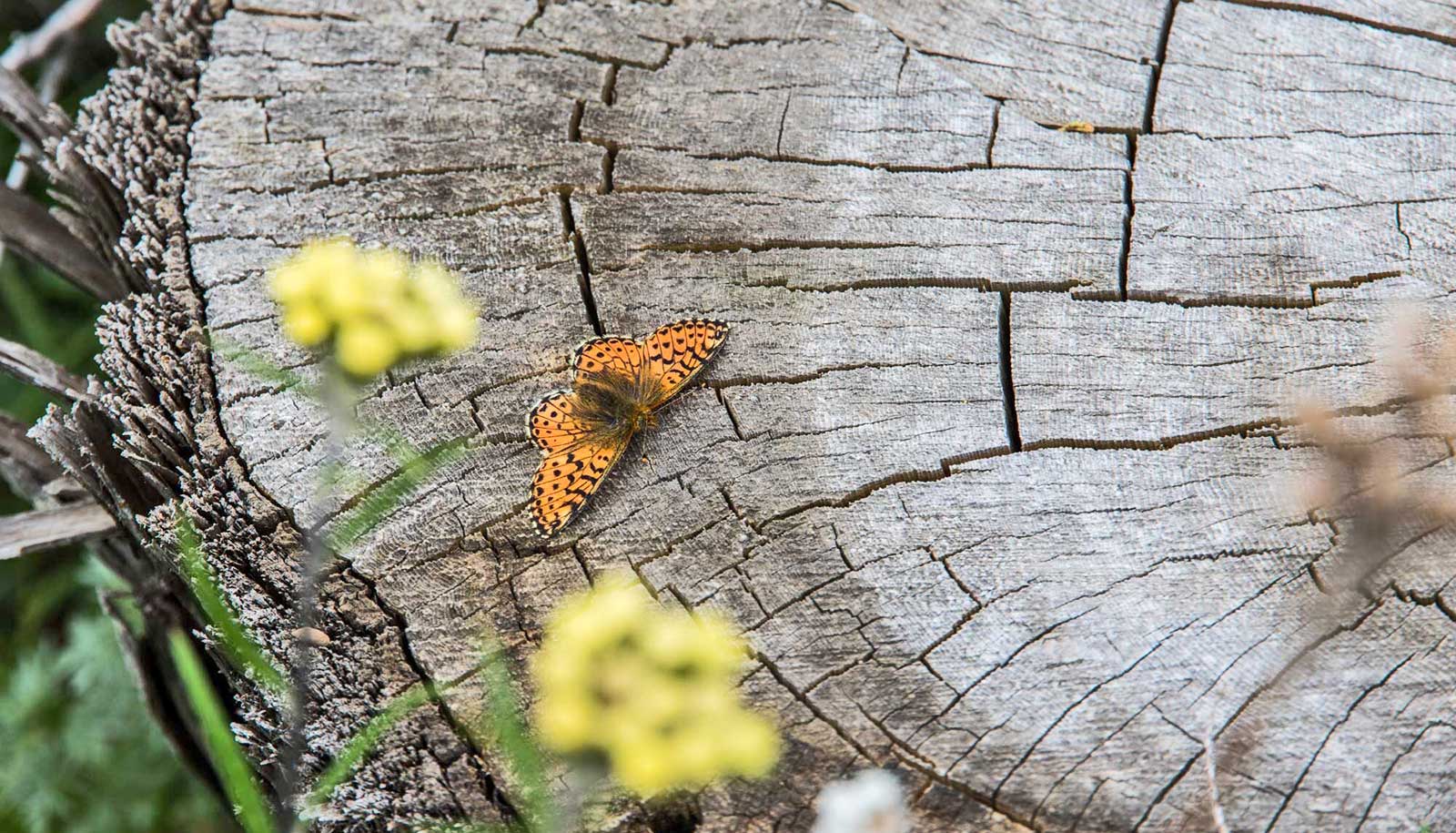Researchers have discovered a new species of peat tree in southern Sumatra.
The 40-meter-tall (130-foot-tall) peat tree they studied now has the scientific name Lophopetalum tanahgambut. The name translates to “the peatland crowned petal” from Latin and Bahasa Indonesia.
To study the tree’s growth and collect fruit and bud samples, scientists from the NUS Environmental Research Institute (NERI) swam across a river and scaled the giant tree every month for more than a year. They worked with experts from Britain’s Royal Botanic Gardens, Kew, to describe the species. Their findings appear in the journal Phytotaxa.
The research was part of the Integrated Tropical Peatlands Research Programme (INTPREP) at NERI which aims to provide a deep understanding of the mechanisms in peat decomposition and revegetation of forests and plantations in tropical peat systems.
The Lophopetalum tanahgambut is the team’s second peat tree discovery in southern Sumatra under the NUS research program. They reported their first discovery, which is the first new find of a peat swamp tree in almost 60 years, in January 2022.
The latest discovery adds to the potentially growing list of about 350 tree species in the peat swamp forests of Southeast Asia. Peat lands are strong carbon sponges which store huge amounts of carbon in the form of accumulated dead plant matter. However, peat swamps have heavily declined in Indonesia due to decades of logging, draining, and burning for plantations to produce raw materials for palm oil, and pulp and paper.
“If you want to restore the peat swamp, you first need to know what the plants are,” says INTPREP’s co-lead Lahiru Wijedasa.
Source: NUS



